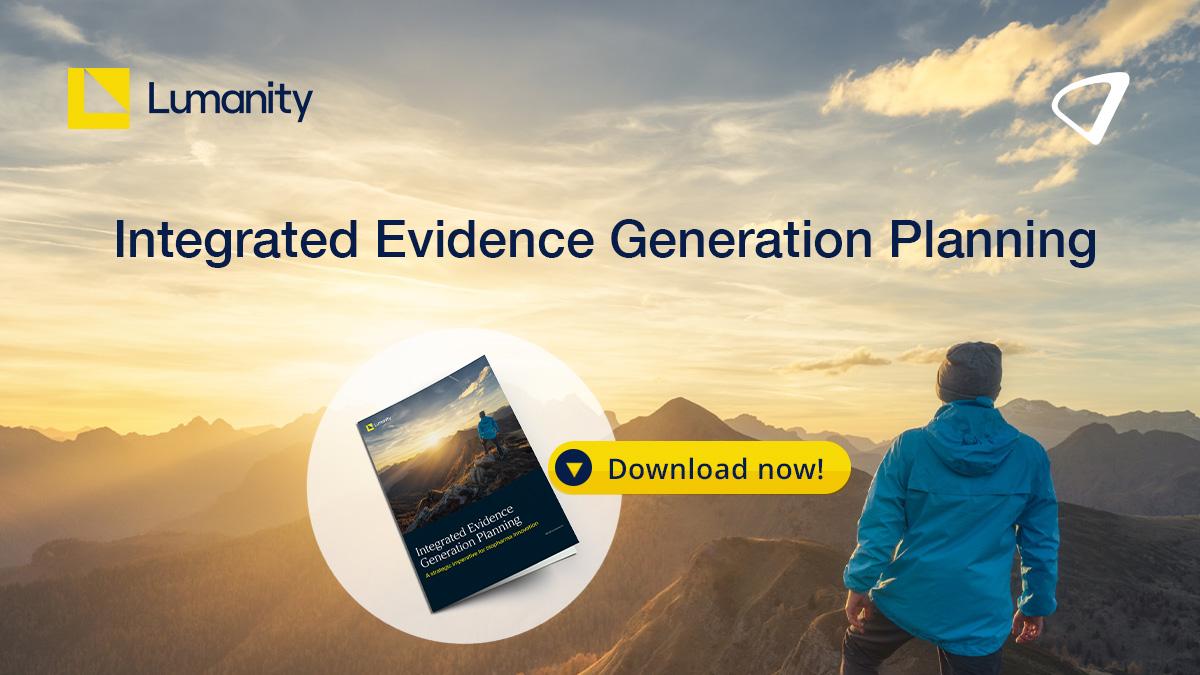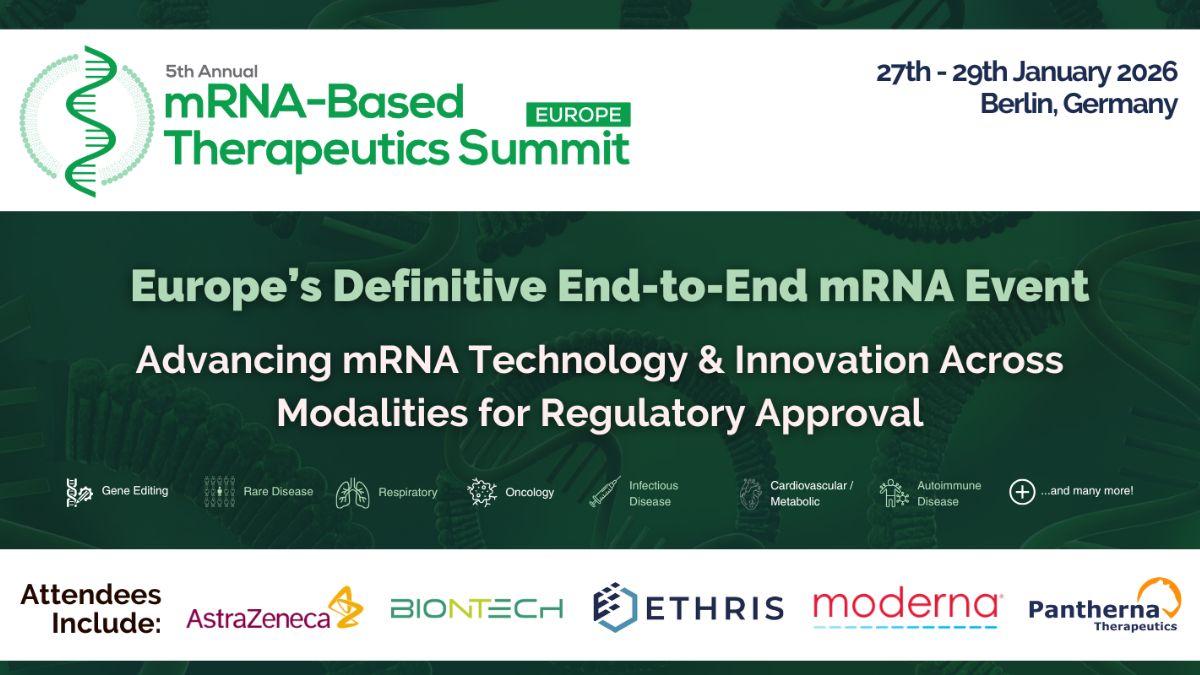Is money the only metric that really matters in UK’s VPAG? It shouldn’t be

The UK’s Voluntary Scheme that covers pricing, access, and growth of branded medicines has been generating a lot of attention lately, mostly related to the billions being paid back by scheme members.
Leela Barham makes the case that it’s a mistake to focus just on the money; instead, a wider view on the success of the scheme is needed, an approach seen in the metrics for the scheme.
Three big objectives
The current voluntary scheme, VPAG, has three objectives:
- Promote better patient outcomes and a healthier population
- Support UK growth
- Contribute to a financially sustainable NHS
These are to be delivered by better horizon scanning, refining health technology assessment (HTA), tweaks to the commercial landscape, NICE doing more to update clinical guidelines, rebates to be paid by member companies, and a VPAG investment programme that is supporting initiatives on clinical trials, HTA, and manufacturing.
Progress on meeting the objectives and delivering on commitments in the scheme are being measured by metrics that get reviewed during operational review meetings. To date, metrics have been published twice, dated July 2024 and the most recently dated November 2024.
The metrics
The November 2024 metrics covered:
- Number of product launches and price applications, which runs from Q1 2019 to Q2 2024, with separate reporting for new products/significant new indications and new active substances (NAS), derived from Department of Health & Social Care (DHSC) pricing committee data.
- Number of NICE technology appraisals published, running from January 2021 to September 2024, presumably with NICE providing the underlying data.
- Type of NICE recommendation is presented as a percentage in 6 monthly groups, running from January to June 2021, and the most recent data from July to September 2024, based on NICE data.
- Rolling 12-month mean average (in days) for NICE to publish single technology appraisals (STAs), running from 1st April 2024 to 1st September 2024, with a split between “optimal” and “divergent” STAs and the starting date taken as the date of marketing authorisation.
- Scheme membership broken down by numbers by value of sales, given that VPAG has different exemptions for small and medium-sized companies, as well as share of the market accounted for by scheme members, running from Q1 2019 to Q2 2024, based on voluntary scheme membership data held by DHSC.
- Overall sales and sales by scheme, before and after payments (rebates) made, broken down by voluntary sales, statutory scheme sales (which is set out in law for companies who choose not to join the statutory scheme), and parallel imports (which are not subject to the scheme), running from Q1 2019 to Q2 2024, based upon company returns to the DHSC.
- Scheme payments in millions, broken down across the devolved nations of the UK, running from Q1 2019 to Q2 2024.
- Exempt sales and sales of small and medium companies, which include sales of NAS, running from Q1 2019 to Q2 2024.
- Growth gross of payment, which includes the percentage growth rate by quarter, running from Q1 2019 to Q2 2024, as well as a year-to-date growth based on DHSC modelling using company returns and their payment model.
- Total number of pharmaceutical companies registered on UK PharmaScan that includes a split between VPAG members and non-members, based upon NICE data as of October 2024.
- Type of data available on UK Pharmascan registration, with a breakdown on whether the live record is for a new indication, new chemical/biological entities, or other and including a breakdown of live records by VPA membership, based on NICE data as at October 2024.
- NHSE commercial framework updates, which includes total number of PASs in operation, for simple and complex, and number of commercial access agreements (CAAs) for managed access agreements (MAAs) in place, with a split between CAAs for the Innovative Medicines Fund (IMF), the Cancer Drugs Fund (CDF), and for Highly Specialised Technologies (HST) by quarter, running from Q1 2024 to Q3 2024, based on data from NHS England.
- Rate of technology appraisal incorporation that includes realised incorporation for two quarters (Q1 and Q2 2024), expected rate of incorporation in the future, with a target of full incorporation by Q3 of 2026.
Depending on point of view, is whether the metrics are showing good enough progress, or not, over time. Some metrics aren’t necessarily clear-cut; more is not always better. Plus, there could be differences in opinion in what’s reasonable or not: just how many MAAs should the NHS run? For some metrics, like those on Pharmascan, data gives a point in time, so no progress can be discerned.
Additional information is needed to interpret some metrics
The metrics pack from DHSC is designed to support operational meetings, so it follows that there is an implicit assumption that those in the meetings know what they are looking at.
For those who aren’t familiar with all the jargon, it’s less easy to interpret some of the metrics. For example, the time it takes NICE to publish a STA has a split between optimal and divergent STAs. An optimal STA is when:
- NICE gets notification more than 16 months before GB marketing authorisation (MA)
- The company accepts the NICE topic selection or routing decision within the agency; this might be whether it’s within the Single Technology Appraisal (STA) route or the Highly Specialised Technology (HST) route
- The company doesn’t negotiate a delayed date for submitting evidence
- Technical engagement is not needed
- Data isn’t submitted past the date of evidence submission
- The incremental cost-effectiveness ratio was agreed at the first committee meeting, meaning no consultation is required
- Commercial discussions don’t delay or pause the NICE process, be that before or after the committee meeting
- There’s no appeal for the topic, or if there is one, the appeal points are upheld
- No other external factors can cause a delay to the NICE timelines
Divergent appraisals don’t fulfil these criteria.
And for anyone wondering just what technology appraisals are being incorporated into, it’s into clinical guidelines, based on a clarification provided by the DHSC.
New insights
The metrics are mostly a cut of data that’s been around for some time. But the NICE recommendations breakdown offers insights that are otherwise tricky to see from standard NICE reporting. That’s because they include more categories, including recommended with MAAs and optimised with an MAA.
The NICE recommendations breakdown also includes non-submissions/terminated appraisals. This typically happens when companies choose not to submit evidence to support their product, so NICE can’t do their assessment. These are increasing over time as a proportion of NICE recommendations, clearly shown in the VPAG metric reporting, something that isn’t clear from the standard way NICE reports these on their website.
This means that the VPAG metrics aren’t just for VPAG; they should be of interest beyond VPAG. This is particularly the case for speediness of NICE’s appraisals, which has been subject to scrutiny from the likes of Henry Burkitt at Oxygen Strategy, as well as non-submissions raised as a concern by the Blood Cancer Alliance, including commissioned research from Costello Medical.
Better data
A potentially unexpected benefit of the VPAG metrics is improvement in the data and reporting over time. For example, for the commercial framework updates from NHSE, there is a note in the November 2024 metric deck that duplications in the data were corrected from the previous iteration. If data is looked at, it’s more important to get it right.
New metrics coming
The November 2024 deck points to areas where the metrics will be developed further. That includes the intention to add new medicines measured sales growth.
There will also be metrics, according to the main scheme text, that will cover other elements of VPAG. That includes progress with the VPAG investment programme.
There is also a placeholder for economic growth metrics that will come from the Office of Life Sciences (OLS). The ABPI and the OLS have “committed to working together to provide more detail on these” in future.
A focus on the money by industry
The metrics themselves do have a lot on the money. It’s a very concrete indicator for the operational success of the scheme. If companies don’t pay what they owe, VPAG would not be working for government, and they hold the cards with companies who aren’t in the VPAG being subject to a tougher legally backed scheme. Plus, as everyone knows, money talks.
It’s the money, via the percentage of sales that companies must pay back, that has been the focus of ABPI activity. The association’s chief executive, Richard Torbett, described a doubling in the rate in the statutory scheme, confirmed on 11th June, as a “terrible message to international investors.” Earlier in June, the association pointed to research it commissioned from WPI Economics, which has suggested that the UK could lose out on £11 billion of R&D investment by 2033 if what it calls clawbacks – payments in DHSC lexicon – aren’t lowered. Nine companies chimed in on the issue, too. The association called for the payment rates to be lowered to more internationally comparable levels in May.
A planned review of VPAG for autumn has also been brought forward, due to report by the end of June, which has been focusing upon “the significantly higher than expected ‘headline payment rate’ for newer medicines.”
More than money at stake
The ABPI is right to focus on the financial pain to companies from the scheme; it’s their job to advocate for their membership. The scheme aims to do more than just provide financial sustainability for the NHS after all; it does feel a little one-sided at the moment.
Yet, the current focus on the money is partly to do with the NHS doing better than perhaps expected when it comes to access to new medicines, since it’s higher spending on new medicines that is driving the higher rebate rates. That, in turn, drives the big rebates, predicted to be £3.5 billion in total for 2025 alone. It’s always been a double-edged sword that, if the NHS were to increase access to new branded medicines, it would spend more, and so companies would pay more. This reflects the fundamental design of the scheme – which results from a negotiation between government and the ABPI – which has been the case since 2014. The allowable growth rate in branded medicines spend, which is what triggers rebates, has been set at a rate far lower than growth. Rebates have been inevitable.
The earlier review of the VPAG could lead to changes, although, so far, discussions appear to be focused on the money. The Times reported on 28th May that the Prime Minister, Sir Keir Starmer, has promised that the UK would pay £1 billion more for drugs as part of discussions with President Trump. That’s £1.5 billion less than industry would like, apparently. The discussion seems to be about who – the NHS or Treasury – will carry the higher bill.
Let’s hope the ambitions to do better for patients aren’t forgotten about.












